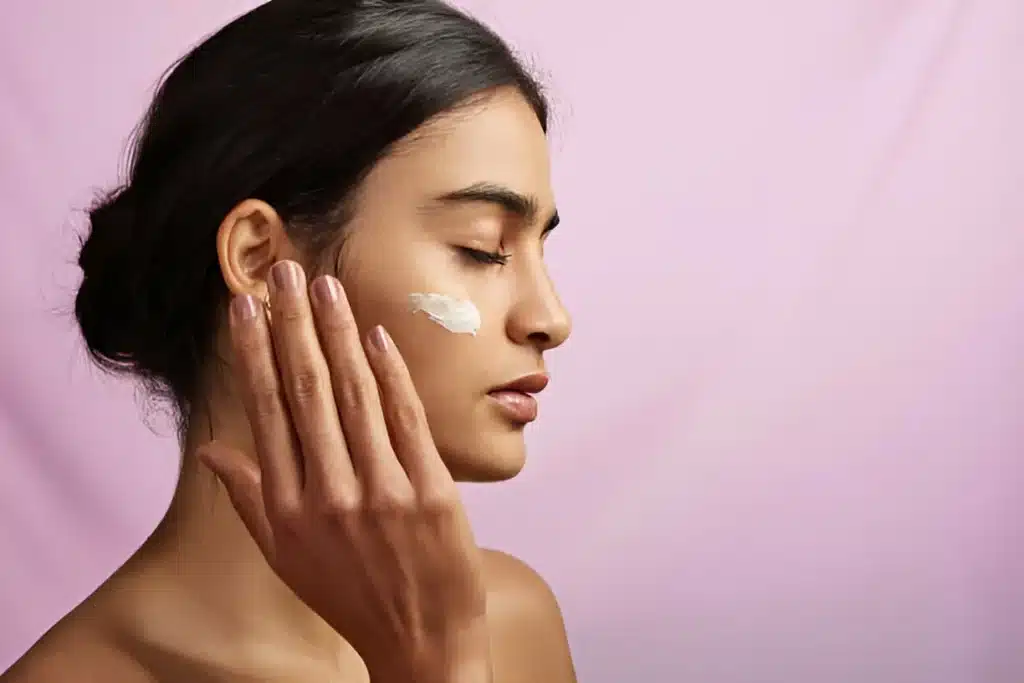The skin’s complex barrier function demands more than simplistic cleanse-and-moisturize approaches that dominated early dermatological thinking. Contemporary research reveals our skin’s microbiome contains roughly 1,000 bacterial species that interact dynamically with topical applications, environmental stressors, and internal physiological processes. Efficacious skin maintenance requires strategic intervention based on cellular biochemistry rather than cosmetic appearance alone. Formulations from respected developers such as PCA Skin care incorporate this deeper understanding, utilizing bioactive compounds that work synergistically with the skin’s natural processes. Moving beyond outdated paradigms, cutting-edge protocols now address multiple physiological pathways simultaneously while respecting individual variation in dermal response patterns.
Strategic Exfoliation: Timing Trumps Frequency
Research from the University of California Dermatology Department revealed consistent timing of exfoliation treatments yields superior results compared to arbitrary application schedules. Their 18-month longitudinal study tracked cellular renewal rates following various exfoliation protocols, finding circadian rhythm alignment significantly impacts efficacy. Specifically, skin exfoliated during evening hours demonstrated 23% greater cellular turnover compared to identical morning treatments.
This effect stems from nighttime upregulation of epidermal stem cell activity between 10 PM and 2 AM. During this period, matrix metalloproteinases naturally increase, enhancing removal of damaged proteins while stimulating collagen production. Hydroxy acid formulations applied during this window amplify these processes without triggering the inflammatory cascade that often accompanies daytime exfoliation. Furthermore, trans-epidermal water loss decreases by approximately 30% during sleep phases, creating optimal conditions for penetration of active compounds. Dr. Sarah Richardson, lead researcher, notes: “Exfoliation timing represents an underexploited variable in dermal protocols—one requiring minimal effort yet offering substantial benefit.”
Microbiome-Conscious Cleansing: Beyond pH Considerations
Recent metagenomic analysis from Seoul National University challenges conventional wisdom regarding facial cleansing. Their research identified specific surfactants that selectively preserve commensal bacteria while removing pathogenic species—moving beyond simplistic pH considerations. This targeted approach maintains critical microbial diversity while addressing undesirable colonization patterns.
Analysis of 46 common cleansing compounds revealed certain polysaccharide-based surfactants reduced pathogenic S. aureus colonization by 87% while preserving beneficial S. epidermidis populations. Traditional cleansers lacking this selectivity often create microbial “vacuums” subsequently filled by opportunistic strains. Moreover, cleansers incorporating prebiotic compounds (particularly fructooligosaccharides) demonstrated the ability to modulate sebum composition toward less comedogenic profiles. Rather than stripping all oils, these formulations normalize lipid ratios, reducing inflammatory triggers while supporting antimicrobial peptide production. Sequential application protocols—beginning with oil-soluble compounds before water-soluble formulations—showed particular promise in clinical trials, doubling cleansing efficacy without compromising barrier integrity.
Ingredient Sequencing: The Neglected Protocol Variable
Biochemical analysis from Harvard Medical School’s dermatology division demonstrates application sequence dramatically impacts ingredient efficacy. Their controlled trials revealed improper layering can render expensive formulations virtually ineffective while strategic sequencing enhances absorption by up to 300%.
Water-soluble ingredients applied after occlusive compounds show negligible penetration, whereas the reverse sequence maximizes bioavailability. Additionally, specific molecular interactions between common ingredients significantly impact efficacy. For instance, niacinamide and acidic compounds like L-ascorbic acid form complexes with reduced bioactivity when applied simultaneously. Separating these applications by 15-30 minutes maintains full efficacy of both compounds. Similarly, retinoids applied after moisturizers demonstrate reduced irritation without compromised effectiveness. The emerging field of chronocosmetics further suggests specific ingredients perform optimally during particular circadian phases, with repair-focused compounds showing enhanced activity during evening hours while protective antioxidants deliver superior benefits during daylight exposure periods.
